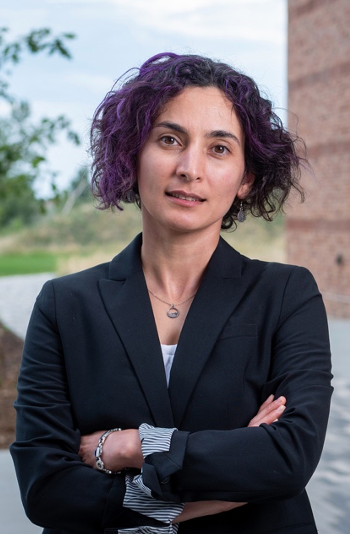
SciX 2023: A Look at the Tuesday Afternoon Oral Session on Chemometrics in Food and Agriculture
On Tuesday October 10th from 1:30–3:10 pm, an oral session focusing on chemometrics in food and agriculture will take place. We preview this session here.
From 1:30–3:10 pm, an oral session titled “Chemometrics in Food and Agriculture” will be taking place in Southern Pacific E. This series of five talks will discuss recent studies using chemometrics in the food and agriculture industries.
At 1:30 pm, Barry Lavine of Oklahoma State University will kick off the session with a talk titled, “Authentication of Edible Oils Using an Infrared Spectral Library and Digital Sample Sets for Calibrated and Uncalibrated Adulterants.” This talk will present a study that showcases a machine learning approach utilizing digitally generated data and Fourier transform infrared (FT-IR) spectroscopy to determine if two varieties of edible oils can be distinguished.
Following this, at 1:50 pm, Luis Rodriguez-Saona of The Ohio State University will give a talk titled, “Infrared Solutions for Rapid Sensing of Food Contaminants.” This talk will present the use of supervised pattern recognition techniques such as Soft Independent Modeling Class Analogy (SIMCA) and Orthogonal Partial Least Squares Discriminant Analysis (OPLS-DA) to screen for the presence of pesticides in cocoa beans and aflatoxins in peanuts.
Next, at 2:10 pm, James Harnly of the U.S. Department of Agriculture will give a talk titled, “Use Of Chemometrics And Factorial Multivariate Analysis Of Variance For Identification Of The Impact of Genetics, Environment, Management, And Processing On Plant Food Composition.” This talk will discuss the factors that could influence the variance of food composition.
Then, in the penultimate talk of this oral session at 2:30 pm, Rabi Musah of the University at Alabny-SUNY will give a talk titled, “Detection of Insect Infestation of Milled Grain-Focus on Tribolium castaneum.” Musah’s talk will discuss a recent study where statistical analysis techniques were used to determine the differences in infested and uninfested flour samples that insects cause.
Finally, at 2:50 pm, the session will conclude with a talk that will be led by Qudus Thanni, a student at Ohio University. The talk, titled, “Application of Self-Optimizing Support Vector Classifier-Radial Basis Function for Multivariate Classification of Maca Metabolomic Mass Spectral Profiles from China and Peru,” will discuss a study that utilized support vector classifier (SVC) with radial basis function (RBF) kernels, optimizing parameters through bootstrapped Latin partition (BLP), and applying synthetic data for classifying maca mass spectra by origin.
Newsletter
Get essential updates on the latest spectroscopy technologies, regulatory standards, and best practices—subscribe today to Spectroscopy.





